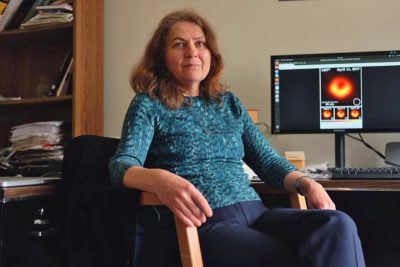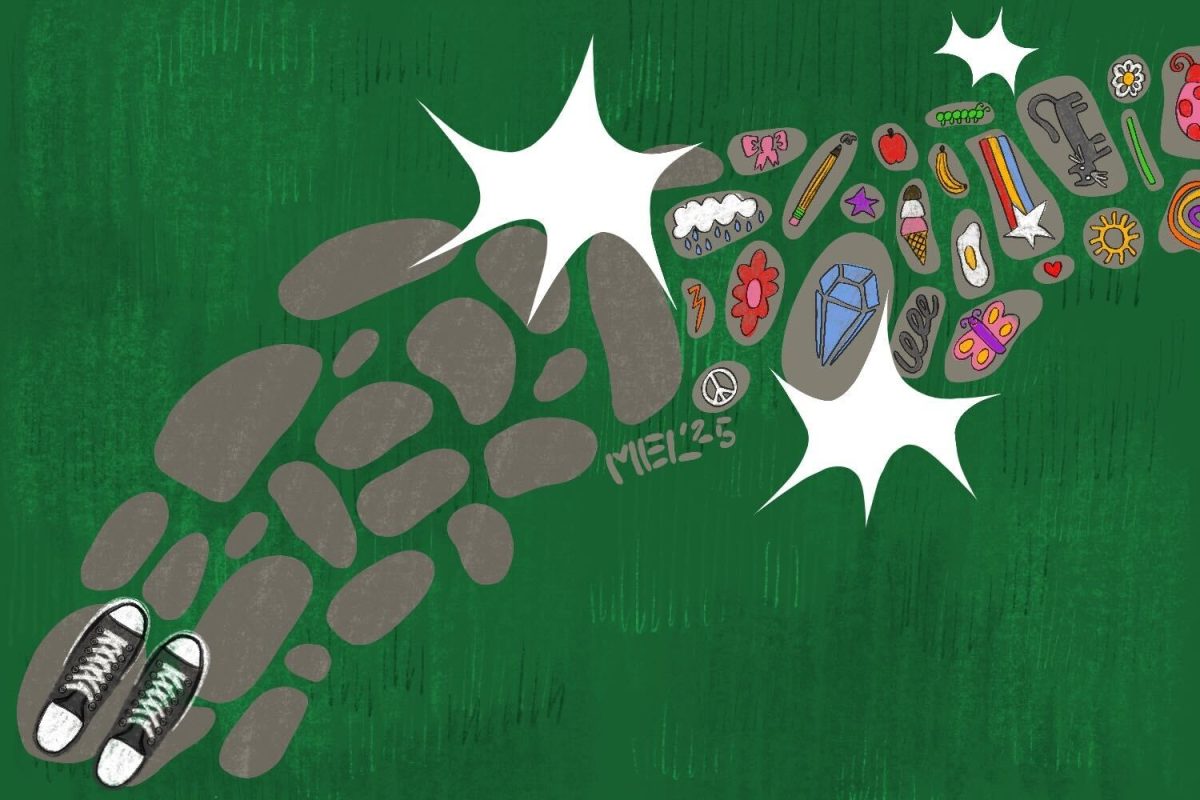Two Boston University professors became part of a historic feat this month, when, along with over 200 researchers from institutions around the world, they helped create the very first image of a black hole.
BU astronomy professors Alan Marscher and senior research scientist Svetlana Jorstad were chosen to work on the project.
“This is the confirmation that at the center of galaxies, you really do have black holes,” Marscher said.

RYAN GREGORY/ DFP STAFF
The group of scientists, known as the Event Horizon Telescope collaboration, collected data from eight radio telescopes placed around the world. Through a technique known as very-long-baseline interferometry, the scientists essentially created one larger telescope with a higher resolution.
With this more powerful telescope, the scientists were able to cut through a boundary known as the event horizon — where the team’s name comes from — which is the point beyond which no light can escape from a black hole’s center.
Four day’s worth of images were collected in April 2017 and over the past two years the team has been analyzing the data. The results were officially published in The Astrophysical Journal Letters on April 10.
The two BU researchers were invited to join the team by Sheperd Doeleman, the director of EHT, because VLBI is a technique that BU has been using for about 25 years, Marscher said.
“They wanted to tap into our experience and data … BU is very much a part [of this project],” Marscher said. “[This is just] another example of … BU being at the forefront of research.”
The supermassive black hole imaged by EHT is at the center of the elliptical galaxy Messier 87, one of the closest active galaxies at around 53 million light-years away from Earth, Jorstad said.
The black hole itself is 6.5 billion times the mass of our sun and is bigger in size than our solar system, Marscher said.
But why M87? Why not the black hole at the center of our Milky Way galaxy? Even though our black hole, Sagittarius A*, is closer, it is a lot smaller than M87, so they end up appearing about the same size, Marscher said.
BU assistant professor of astronomy Catherine Espaillat said M87 is at a 20 degree inclination, nearly face-on. She said there is a lot of interstellar medium obstructing the view to Sgr A*, but because M87 is face-on, there is much less dust and gas to look past.

RODRIGO DE LA MAZA/ DFP STAFF
The brightness of Sgr A* changes quickly, Marscher said, and surrounding matter moves during the exposure, meaning they need to calibrate or adjust the image accordingly.
There is already data for Sgr A*, but reduction of the data is still in progress, Jorstad said.
By the end of the summer, Marscher said, the team will know whether they will be able to compensate for the changing data and if it will be possible to make an image of a black hole.
Jorstad said simulations and theories correctly predicted what the image would look like.
“[The image] confirmed that our knowledge about the black hole is correct,” Jorstad said. “The most important thing is that the general theory of relativity is correct.”
However, both Marscher and Jorstad said they were surprised by some aspects of the image. Jorstad did not think the image would be as clear as it was, or that they would be able to see the shadow, she explained. Marscher said he expected to see deeper into the jet.
Nik Gjonbalaj, a freshman studying physics in the College of Arts and Sciences, said he watched a livestream of when the image was revealed.
“[They] took a picture of a black hole 53 million light-years away,” Gjonbalaj said. “Do you understand how insane that is?”
Gjonbalaj also said in the future, he would like to see a picture of a quasar, a large mass at the center of a galaxy notable for being highly luminous and potentially containing a black hole.
Talia Leung, a freshman studying mathematics in CAS, said she thought it was amazing to see how scientists could capture an image of something so far away.
“It shows how BU really invests in … using these technologies,” she said.Jorstad said she hopes BU students will be able to participate in future scientific endeavors like the creation of the first image of the black hole.
“The contribution of young scientists,” Jorstad said, “is very significant in this project.”




















































































































